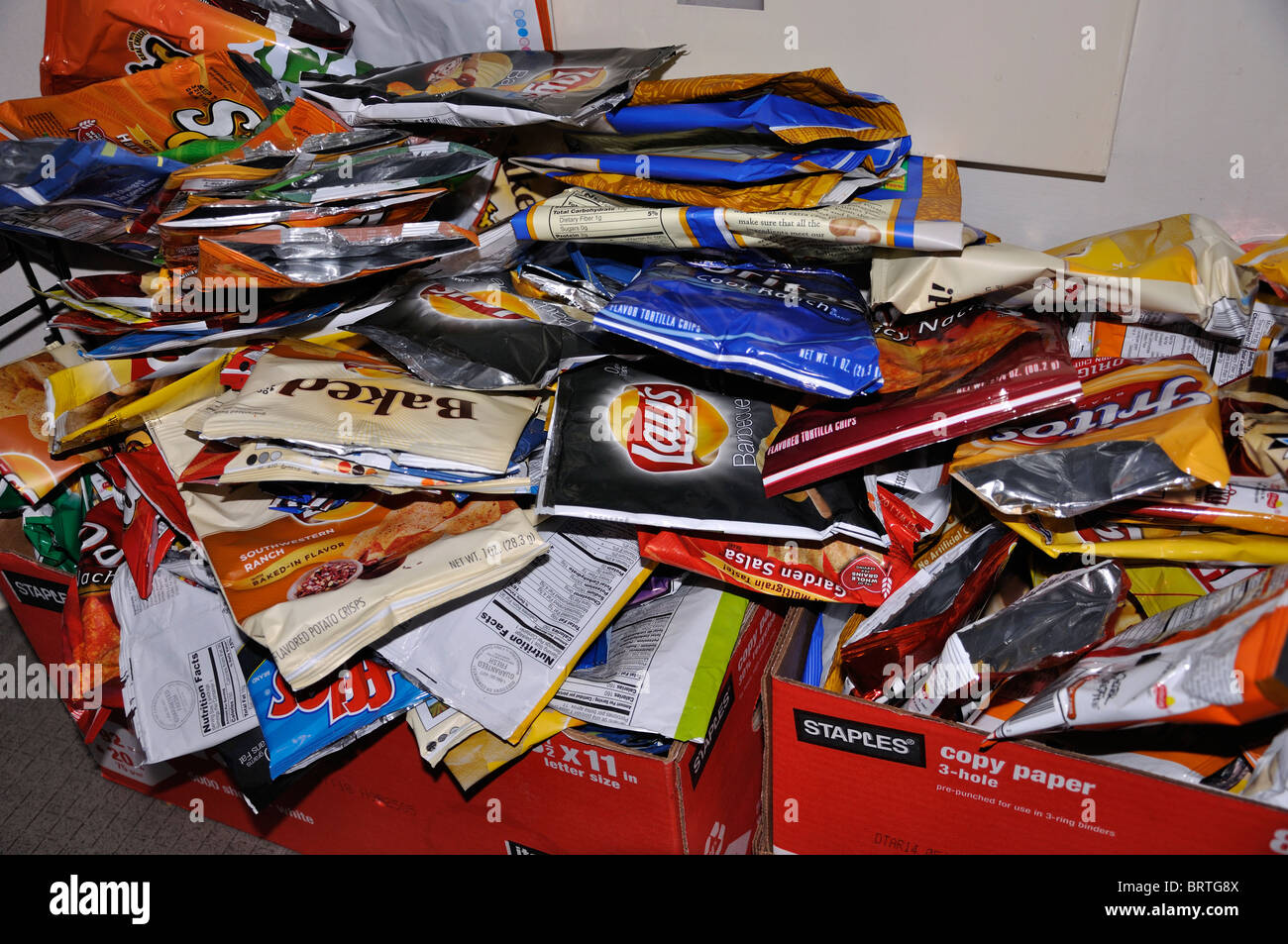Picture an archaeologist, a millennium from now, unearthing a commonplace item: a discarded toilet. This artifact, once an integral part of daily life, could offer significant insights into our culture and societal practices. Firstly, the material design of the toilet might convey a great deal about our technological advancements and priorities. The craftsmanship and materials used could indicate the level of our sophistication and our emphasis on sanitation (or lack thereof) and comfort. The location where the toilet is discovered could also speak volumes. If it was around a lot more rubble perhaps stuff like plastics, non perishable foods and all the other long lasting items we have created they might see us as a consumer driven society valuing convenience and mass production (pretty accurate). However they might make wrong assumptions about hygiene and the way we care for ourselves based on the condition or area it’s located in. Or as the book I love that talks about this discusses perhaps the toilet was an ancient throne to worship the gods. The interpretation of a material object requires much nuanced understanding and consideration as it takes layers of both societal and basic knowledge to really understand what an item might be. 
Category Archives: Archaeology
Archaeology
Something I regularly dispose of is drink bottles, and while they go into the recycling when I get rid of them, it is possible they do not all make it to recycling facilities. If they were to be found in the future, they would most likely be able to assume that the bottle is some form of drinking vessel. If found on its own, they might make the assumption that it was a form of traveling with liquids, which would not be incorrect, but if it were to be found with other waste objects, maybe even with other bottles, they would likely make the assumption it was not something that we cared to hold on to. If they drew the conclusion that these were bottles of liquid being sold, they might make the incorrect assumption that water was a rare and hard to find resource, since it was being distributed to people in what would appear to be rationed amounts. From there they might assume that necessary resources might have been difficult to obtain, especially if they find other food packaging, which would also give the impression of rationed items.
Snack pack
I eat a lot of snacks. I don’t always have the energy to cook for myself so I will rely on food in wrappers and shiny metallic bags to provide me sustenance. I throw away a lot of these shiny wrappers as there is not a way to recycle them. They are even in most paper boxes of food to preserve the food from humidity and mold. This is important for me as someone with severe allergies that I need those packaged foods as bulk stores are not safe for me due to cross contact with allergens. An archaeologist may look at these empty wrappers and wonder why there are so many scattered around, they are quite colorful and shiny so maybe they will think they were used as offerings or as decorations. If they find a bag full they may think about how this culture had a general mistrust of fresh foods and had an obsession with packaging food. There is a strong sense of sanitation when it comes to foods but I am sure in 1000 years they may be concerned about the leaching of these containers and the amount of them there. We as a society have an obsession with wrapped goods. It is much more convenient to eat a bag of chips then find a vendor who makes them fresh or make our own. There is currently not a convenient way to store much of this food and I rely on it for accessibility to safe food. Once medicine has evolved and I can take something that makes me have to worry less about cross contact and be able to participate in bulk stores and the like. We are food hoarders like squirrels storing away nuts for the winter, we buy in excess to ensure in an emergency or a craving the food will be there. We are in a time where food is something we do not have the time for. With time being a commodity, “wasting” time cooking meals from scratch is not efficient and buying prepackaged foods and snacks is much better so we can work longer hours. Food packaging will cover the earth, as there is simply too much of it and it is light enough to flow in the wind. They will be everywhere like glitter.

https://www.alamy.com/stock-photo-pile-of-empty-bags-from-chips-and-snacks-prepared-to-be-recycled-31887098.html
Archaeology
If I were an archaeologist 1000 years from now I would find a cataloged collection of everything that we have made from plastics. For example, just the masks from this global pandemic and every other for the next 1000 years. The mountains of waste that we create. There is a chance that we decide to stop producing plastics and single use plastics in the future but it will not be anytime soon. We are going to find out the repercussions of our mistakes and innovations. The solutions surrounding the global climate crisis will not be found in the heaping piles of plastic. We need to find the change in ourselves to stop using all the plastic that we don’t need. We just could say no to plastic. It may make our lifes a whole lot less convenient, but learning to live without the conveniences would be revolutionary. The large corporations that are making certain people wealthier and wealthier aren’t taking the problems seriously enough. The landfills are filled with out waste that is packed down years and years at a time. If someone could catalog every year’s waste in one place, we could learn so much about human habits and evolution. The evolution of what we are making, creating, and destroying would be in one place.
1000 Years from Now
Something that I routinely throw away is the Q-tips, I use them often when I do my makeup and I have been doing a lot of henna lately and it is convenient to clean up my work with Q-tips. I think that if these were found in the future, they would not be able to be fully distinguished. I think that they could draw out that the culture of my time was wasteful and artistic. I also think that they would assume that the main priority of the time was convenience.
Archaeology
Aside from napkins, something I throw out in the trash a good amount of times are receipts. It’s a wasteful habit of mine because although there are email or paper options, I always like to have paper receipts just in case( although nothing happens). Archaeologists might assume that I like to go out occasionally, and explore the areas I’m in. An incorrect assumption is probably that I’m a shopaholic, and can’t live without buying things. I’d say this is incorrect since the things I buy have a variety, usually food, clothes, or gifts.
Archaeology
In class we discussed how an everyday object and parts of our lives that will be seen in the far future and how people in the future will see our lives today. The object I will be selecting is a plastic bottle from the Poland spring company. This Product is held together by glue and plastic. Today we would see products like this as single use, but in the future they will see it as something that can last for a very long time. Though how they take it will be a mystery to us we can only assume they will take it the worst way as these products will be found in mass quantities. As our greatest success also may become our downfall and only remnants.
Archaeology
One thing I routinely throw in the trash is gum. The marketing of gum is a really interesting thing to examine, in that it is strongly linked to candy marketing targeting children and teens. Nowadays, it seems that there is every possible flavor of candy and gum. This is something that I feel has been on the rise in the past two decades or so. For example, I remember as a kid in a grocery store checkout line just seeing Reese’s Peanut Butter Cups, as the token Reese’s product. Now, when I look through grocery store checkout lines, I see about six different Reese’s products. Therefore, I imagine when archaeologists dig up all the candies and gums, a view of marketing and the larger number of products would be clear. With the strong rise of technology, advertising has certainly changed, leaving old tactics to possibly be not as effective, so insight into that could be discovered by archaeologists as well. At times, chewing gum has been seen as a sign of disrespect, for example my childhood classrooms, as it was not something we were allowed to have. However, I am not sure how common this idea is now. Therefore, looking at the frequency of people’s gum consumption and where it happens intrigues me. Overall, seeing where gum is found most often would give archaeologists an understanding of our world’s levels of acceptability or not of gum, who is consuming it and why, and how marketing and advertising have influenced these things, specifically in children’s lives.
Archaeology – prompt
Choose an object you routinely throw in the trash. (Include a photo if possible.) Imagine an archaeologist excavating this object 1000 years in the future. What conclusions do you think they will be able to draw about you or your culture based on this object, where it was placed, and the other things they will likely find around it? What are some possible incorrect assumptions they may have about you or your culture based on these material remains?
Readings from this week:
Shanks, Michael, David Platt, and William L. Rathje. “The Perfume of Garbage: Modernity and the Archaeological.” Modernism/Modernity 11, no. 1 (2004): 61–83. https://doi.org/10.1353/mod.2004.0027.
Edensor, Tim. “Waste Matter – The Debris of Industrial Ruins and the Disordering of the Material World.” Journal of Material Culture 10, no. 3 (November 2005): 311–32. https://doi.org/10.1177/1359183505057346.